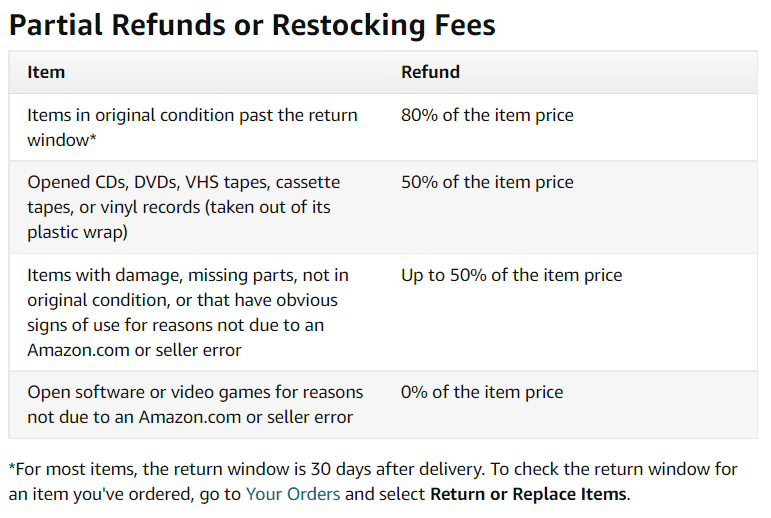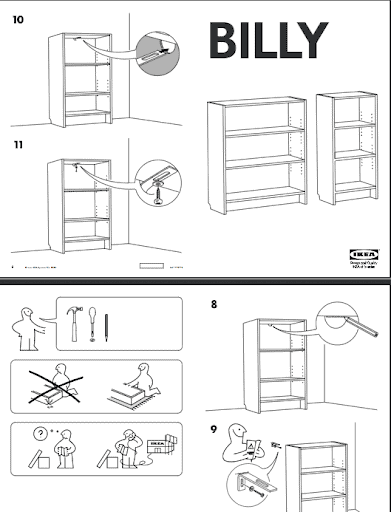Contents
Product returns are a costly proposition for the vast majority of manufacturers and retailers. According to the National Retail Federation (NRF), consumers returned an estimated $428 billion in merchandise – approximately 10.6% of total U.S. retail sales – in 2020. Managing these product returns takes a significant bite out of a company’s bottom line. For every $1 billion in sales, the average retailer incurs $106 million in merchandise returns. Every step in the return process, from return merchandise authorization (RMA) to shipping and receiving, processing, asset recovery, and disposal, adds another cost that further cuts into product sales revenue. Consequently, a key focus for retailers is how to reduce returns.
(Don’t) Return to Sender: Strategies & Tactics to Minimize or Reduce Returns
Over the years, critical stakeholders in the reverse logistics process have developed various strategies and tactics to minimize, avoid, or reduce returns. In this article we will discuss how to reduce returns in e-commerce and explore a number of tried and true strategies.
Restocking Fees
One method used by retailers to address the challenge of how to reduce customer returns, is restocking fees. Retailers have implemented restocking fees as a mechanism to discourage consumers from becoming serial returners. The objective is to impose a financial penalty on consumers who intentionally plan to return a product after purchasing it.
An example is a homeowner who purchases a portable air-conditioner when their central air stops working and returns it once the system is repaired. The industry average fee for restocking consumer electronics items is 15%, but Amazon allows 20% to be withheld in restocking fees. If the item is used or damaged, Amazon allows the seller to keep 50% of the sale price – and even more for software.
Enhanced Selling Skills
Companies have attempted to reduce returns by taking a more thorough approach to understanding customer requirements during the sales process. By being more thorough during the needs analysis phase, companies can offer customers products that meet their specifications. As a result, there is a lower chance of the customer returning the product because it was the wrong fit or didn’t meet their needs.
B&H Photo Video is a NY-based photo and video equipment retailer that invests in its staff to ensure everyone is a product specialist capable of helping customers make informed decisions about the products that best meet their needs.
This video says it all:
Better Instruction Manuals
Creating better, more explicit instruction manuals is another way to reduce returns due to customer frustration with the setup process. Creating a user manual is not a big investment, and it is often a one-time activity that can be posted online for customers’ convenience and self-service. However, keep in mind that many people don’t have the time and patience to read instruction manuals, or may find the instructions confusing despite the creator’s best intentions.
Ikea’s assembly manuals offer clear visual step-by-step instructions to help guide the DIYer. The manuals include images and call-out graphics that eliminate the need for text-based instructions. The way each step is displayed makes it easy for the customers and increases their likelihood of successful assembly.
Use of Analytics
Reverse logistics stakeholders can leverage analytics to identify patterns and trends in returns. With this data in hand, reverse logistics professionals can identify the most common reason for returns. R&D and Product Engineering teams can analyze the data to eliminate design flaws and build better, more user-friendly products. This is another successful strategy that can be used when exploring how to reduce sales returns.
Digital Onboarding
An additional tried and true tactic used to solve the problem of how to reduce returns in e-commerce is to implement digital onboarding.
Digital onboarding involves using automated, step-by-step instructions to train customers on the setup and use of products. This strategy is often used for mobile devices like smartphones and tablets and effectively introduces end-users to on-device features and operations.
Mobilise makes the mobile onboarding experience quick and easy, and eliminates the need for visual explanation and step-by-step instructions.
Diagnostics
Embedded and remote diagnostics can be effective in isolating a fault and determining corrective action. Customer Support personnel often employ the technology during the warranty and post-warranty period if they’ve ruled out more fundamental causes of a product failure. Also, diagnostics tend to focus on resolving internal issues such as failures with:
- software
- firmware, or
- components.
These typically require the help of an expert as opposed to resolution by the customer.
For example, Simplisafe is a DIY home security system that offers 24/7 professional monitoring. Should the alarm system experience a glitch, a remote expert can diagnose the issue from afar, fixing the issue even before the customer notices the problem. This helps to reduce returns due to faulty or malfunctioning electric products.
Training Videos
In recent years, one e-commerce returns best practice tactic that many companies have used is training videos. These help to onboard and train consumers to set up and operate their products. This strategy helps alleviate some of the challenges that consumers may have with product setup and installation, and consequently reduce returns. Research from TechSmith shows that people actually absorb visual information faster and perform tasks better when instructions are provided with visual or video content.
Playstation VR created a video tutorial that ensures the player is ready to use their VR system properly, including for instance:
- camera placement
- space requirements, and
- safety precautions.
This is aimed at delivering a higher lifetime satisfaction for consumers and dealing with the issue of how to reduce returns.
Visual Assistance
Visual assistance is an emerging technology powered by video and augmented reality that allows users to instantly stream their mobile device camera or screen for real-time, interactive visual engagement. The technology enables remote agents or experts to see what their customers see through their smartphone cameras and visually guide them to resolutions. It is an extremely successful strategy to employ when looking for how to reduce returns in e-commerce.
TechSee’s visual assistance solution helped a well-known coffee machine manufacturer slash their product returns by 54%. They accomplished this by seeing the customer’s machine and easily identifying and addressing common customer errors, such as using the wrong capsules or setting the wrong pour volume.








